Men With Incontinence: Treating and Managing

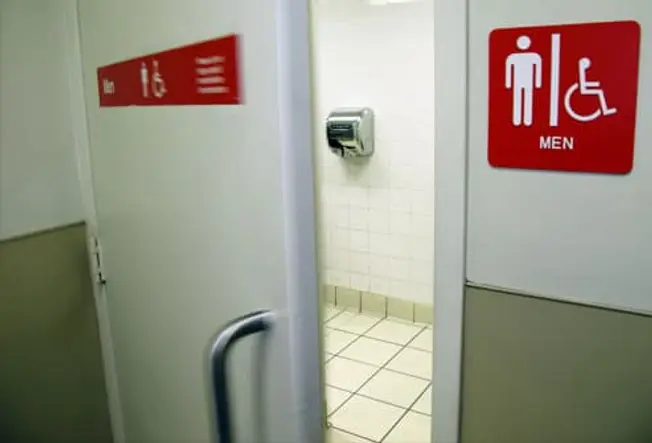
Urinary Incontinence Is Common and Treatable
Urinary incontinence -- when you can't control your bladder -- can make you feel embarrassed. About 3.4 million men in the U.S. have it right now. Despite what you may have heard, it's not a normal sign of aging. It's a treatable condition.
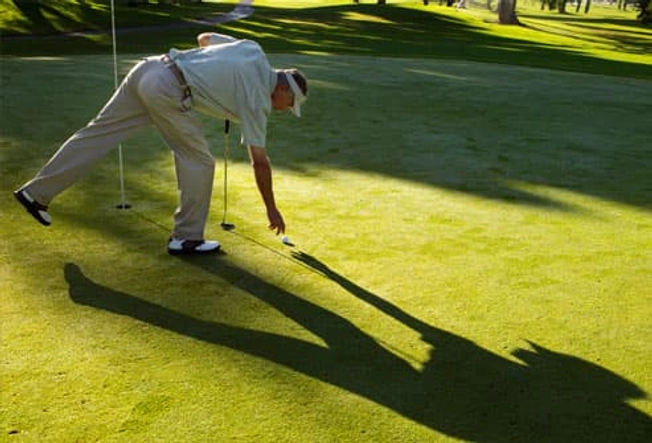
Types of Incontinence
Stress incontinence happens when activity such as bending, lifting, or coughing puts pressure on the bladder and triggers leaks.
Urge incontinence, caused by the bladder contracting when it shouldn't, triggers a sudden and overwhelming need to urinate. The feeling is so intense that it's hard to make it to the bathroom in time.
Mixed incontinence is a combination of stress and urge incontinence.
Overflow incontinence happens when you're unable to completely empty your bladder and you leak unexpectedly.
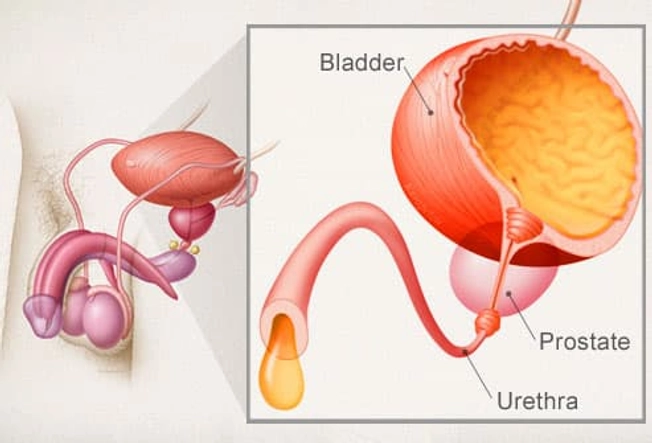
What Causes Male Incontinence
In men, incontinence can be brought on by medical conditions like an enlarged prostate, diabetes, and Parkinson's disease. It can be common after some types of prostate surgery, too. Sometimes it can develop for reasons we don't completely understand, like overactive bladder (OAB). To get you the right treatment, your doctor will need to find the cause of your problem.
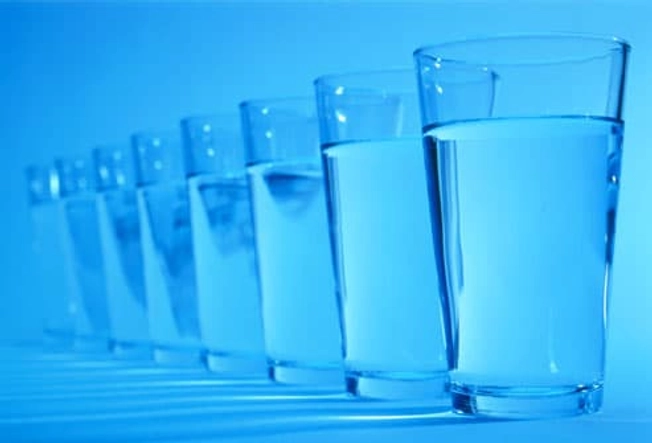
How You Can Manage Symptoms
Some guys have success by spacing out their fluid intake during the day and cutting back on liquids a few hours before bed. If that helps, stick with it. But don't restrict yourself too much -- you could become dehydrated. Not drinking enough fluids can lead to complications such as bladder infections, which can make urinary incontinence worse.
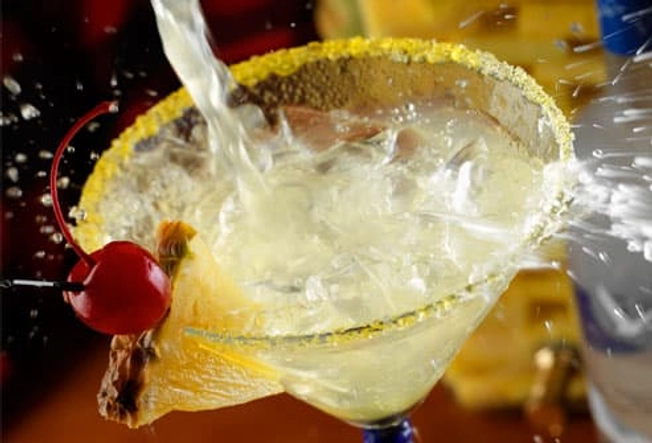
Think Before You Drink
For some men, caffeine seems to irritate the bladder and worsen symptoms. Soda and other carbonated drinks could have the same effect. Alcohol is a diuretic -- it makes you pee more, which is the last thing you need. Cut back on tea, coffee, soda, and alcohol and see if that makes a difference for you.

Adjusting Your Diet
Many men say spicy or acidic foods can make urinary incontinence related to overactive bladder worse. Others say it helps to stay away from chocolate and artificial sweeteners. The specific triggers vary from person to person. Some people find that diet doesn't seem to have any effect. To find out, keep a food diary to track possible triggers. One at a time, try cutting back on them for a week each to see if your symptoms change.
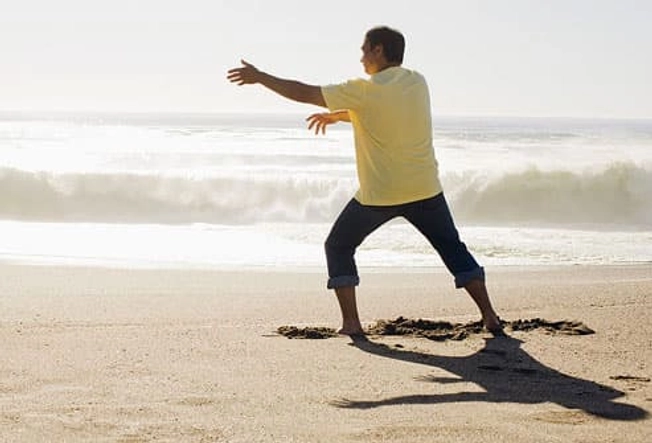
Reducing Stress Can Help
Life with incontinence can be stressful. Simple relaxation techniques, like breathing exercises or meditation, may help you cope with symptoms. Biofeedback is another approach -- you watch a monitor that gives you real-time information about muscle contractions around your bladder. With time, you can learn how to relax your body, ease your muscles, and maybe get control of your symptoms.
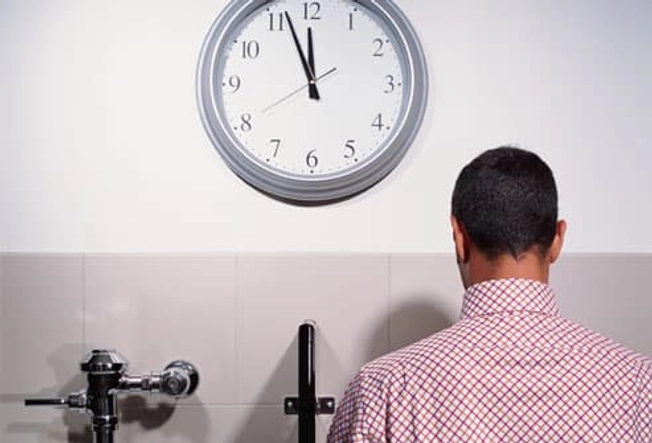
How to Train Your Bladder
Try using behavioral techniques such as bladder training. Start by going to the bathroom to pee every half hour, whether you feel the urge or not. As you get into the rhythm, gradually -- over days or weeks -- expand the time between bathroom breaks. Eventually, you may be able to space breaks by 3 to 4 hours and the urges in between may decrease.

Track How Often You Urinate
To help find the cause of incontinence, for a few days keep a record of how much you drink and how often you pee. Make note of any leaking, along with anything -- drinking a lot, heavy lifting -- that might have triggered it. Bring the record to your doctor's appointment. It will help your doctor better understand your symptoms and could give clues about the cause.
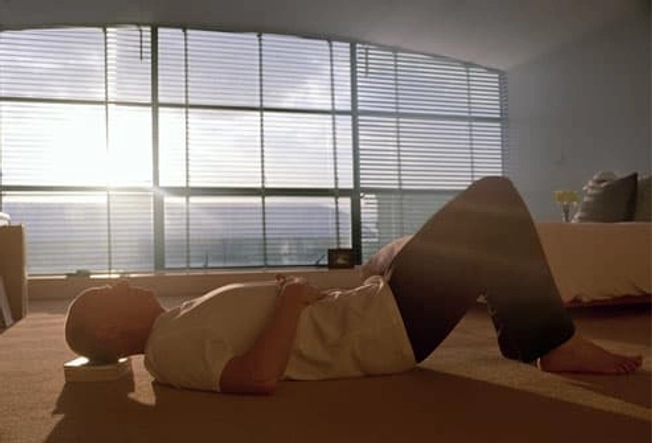
Flex Your Muscles
In men, Kegel exercises can help boost the strength of pelvic muscles that help the bladder to hold urine. Kegels are easy to work into a daily routine. Start by finding the right muscles -- the ones you'd use to stop yourself from passing gas. Then just tense, hold, and release. Slowly build up until you're doing three or four sets of 10 of these each day. You can do them lying, standing, or even sitting at your desk.

Why Incontinence Pads Help
Lots of men balk at the idea of using pads or disposable undergarments. But not only do they stop leaks, they can protect skin from irritation and block odor. Best of all, they can help you regain confidence. You may be surprised at the number of product options. Unlike the big, bulky "adult diapers" you might imagine, today's incontinence pads and undergarments are designed to be comfortable and unnoticeable.
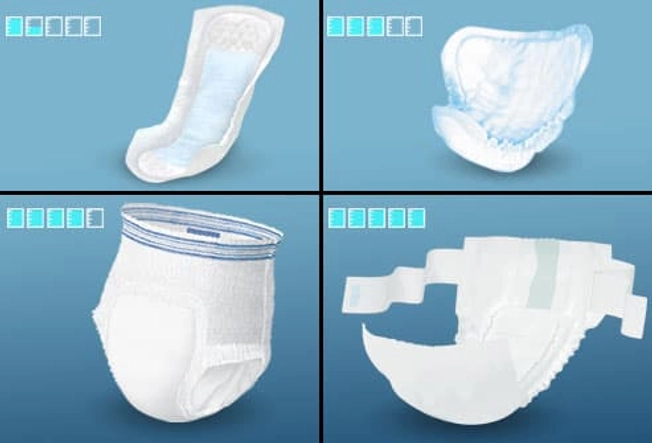
Pad and Underwear Options
The product you choose should depend on your symptoms. For severe urinary incontinence, the ideal choice may be highly absorbent guards or disposable underwear. Guys with milder symptoms may need less protection. Drip collectors are disposable padded sheaths that go around the penis; they're good for slight leaking or dribbling. Pads can be tucked into underwear and attached with adhesive tabs. They're designed for light to moderate leaking.
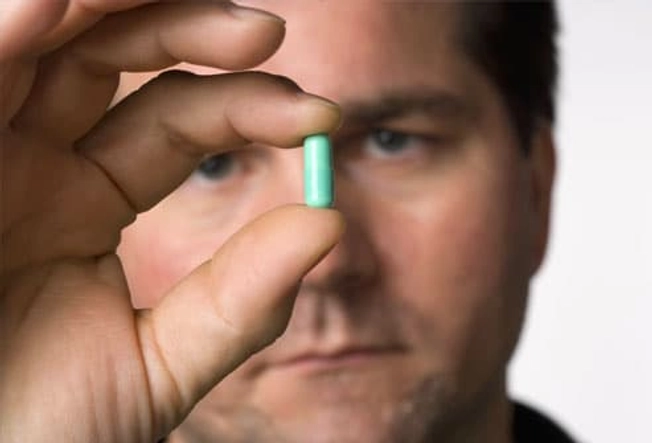
Medications for Male Incontinence
For men with urge incontinence, medications may help. Some relax the muscles to help prevent unwanted contractions of the bladder. Others block the nerve signals to the bladder that make it contract at the wrong time. Drugs prescribed to shrink an enlarged prostate can help with other urinary problems. Drugs like diuretic "water pills" can actually trigger or worsen incontinence.
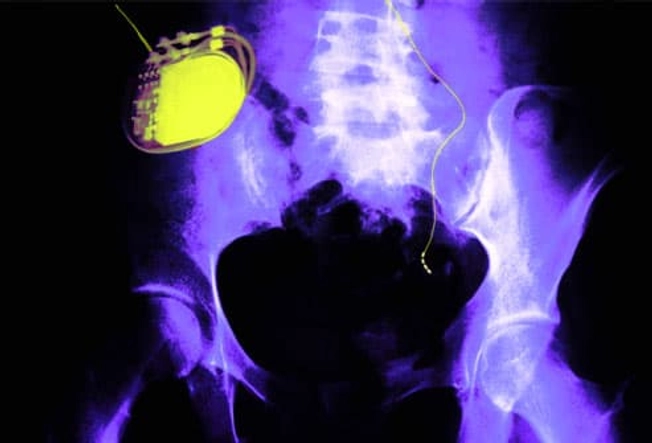
Incontinence Surgery and Other Options
Surgical options include a male sling for stress incontinence. Material is wrapped around the urethra to compress it and prevent leaking due to coughing, sneezing, or vigorous activities. An implanted artificial sphincter may also help stress incontinence. It uses a cuff to close the urethra. Squeezing the pump opens the cuff and releases urine when you want to pee. A pacemaker-like device (shown above) stimulates nerves that relax the bladder and pelvic floor muscles.

Incontinence Devices and Products
External catheters roll onto the penis like condoms and catch urine. They're attached to drainage bags that can be hung over the side of your bed while you sleep, or strapped to the body under your clothes during the day. If overflow incontinence is the issue, you may want to consider intermittent catheterization -- placing a tube through your urethra into your bladder at scheduled times -- to regularly empty it and help prevent leakage. Talk to your doctor about it.

Be Prepared
Urinary incontinence can strike at inconvenient times. When you walk into a restaurant or store, note where the bathrooms are so you can get there quickly. Planning a car trip? Map your route and decide on the spots where you'll take bathroom breaks. Wear clothing that's easy to remove in a hurry. And always have extra pads and a plastic urinal in the car for emergencies.

Reach Out for Support
If you're always anxious about leaking, you can start to feel worn down. Your social life may suffer. You may not even want to leave the house. If this is what your life has become, you can change that. Look for a support group or a therapist. Or go back to the doctor and see if there's something different you can try. Remember, incontinence is almost always treatable.